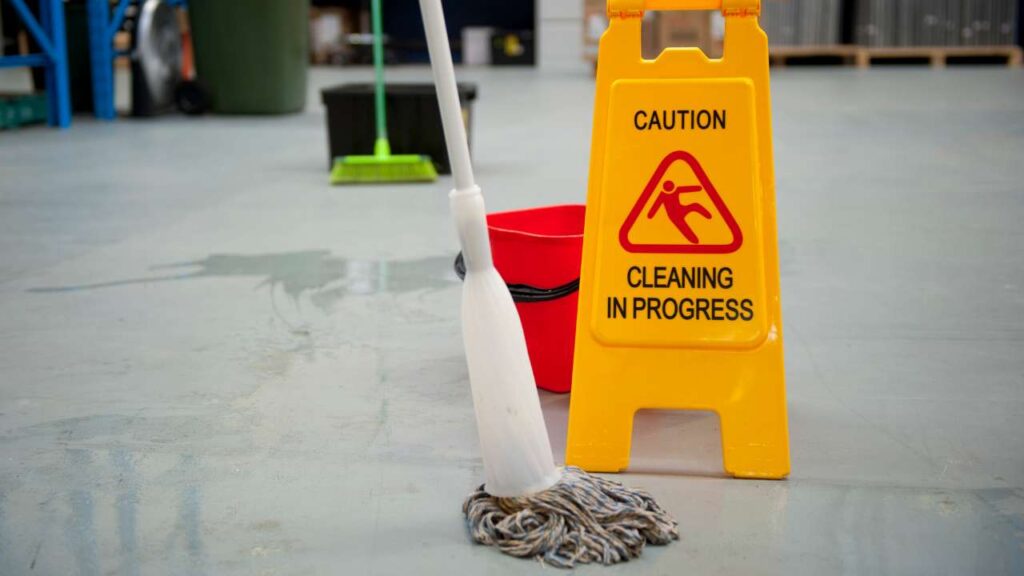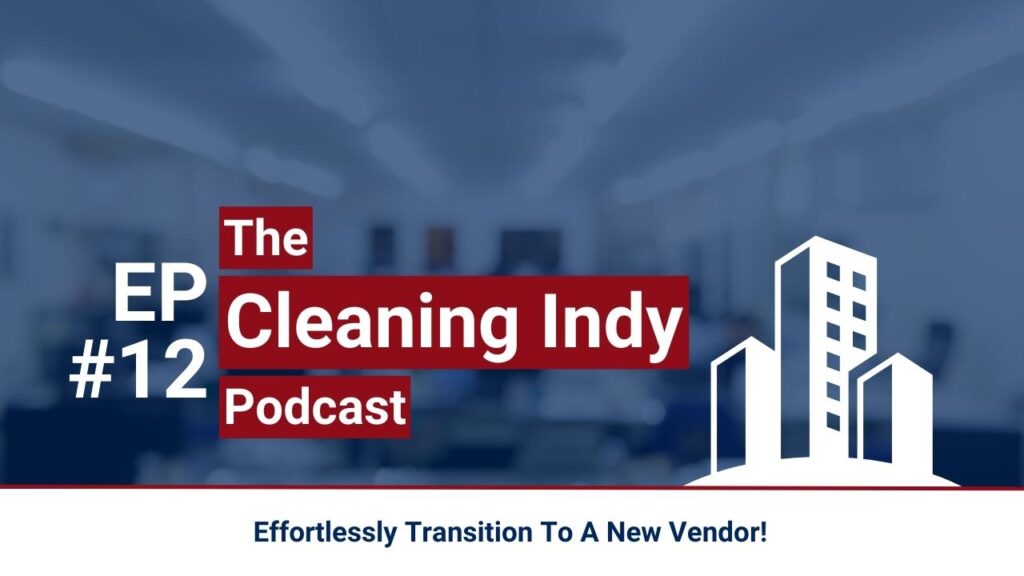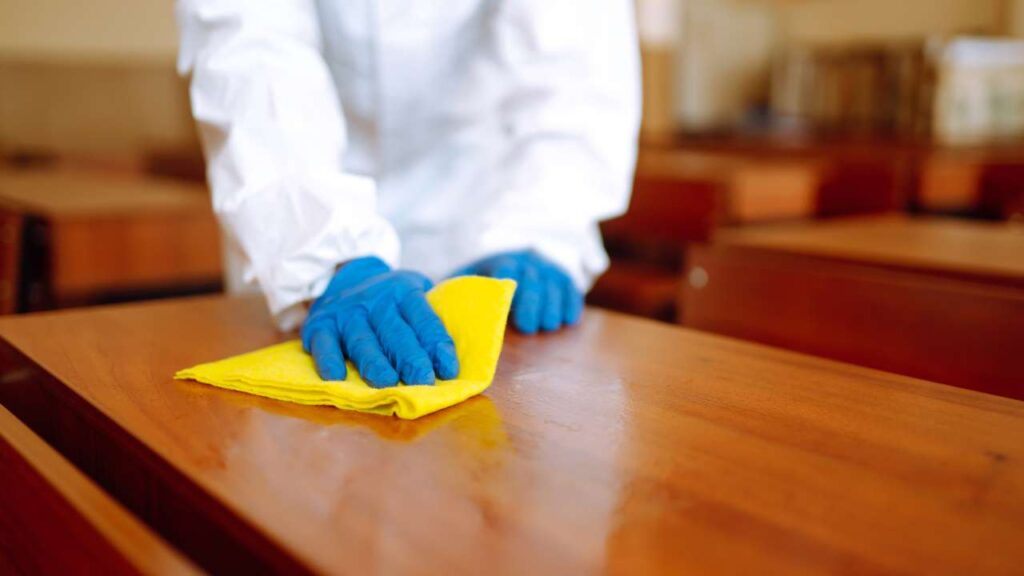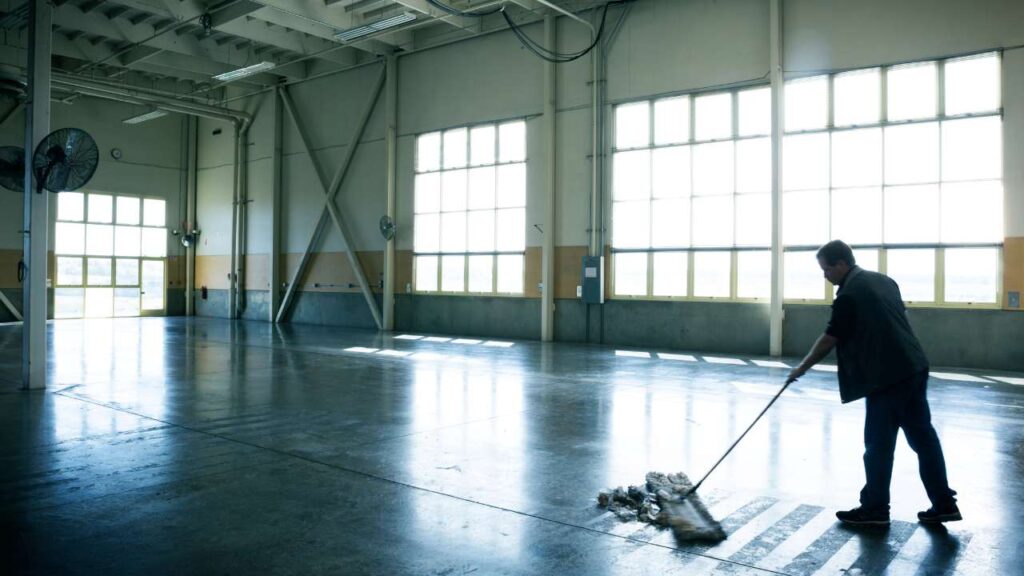Tailoring Janitorial Services to Meet Your Facility’s Unique Needs
Tailoring Janitorial Services to Meet Your Facility’s Unique Needs Your facility is your business’s canvas, a reflection of your brand and values. Maintaining a clean, sanitized, and well-maintained space is crucial for creating a positive first impression, fostering productivity, and ensuring the health and safety of employees and customers alike. However, with diverse facility types and varying needs, a one-size-fits-all approach to janitorial services often falls short. American Facility Care (AFC) understands the importance of customization. We believe in tailoring our janitorial services to meet the unique needs of each individual facility. This ensures that you receive the level of care and attention your space deserves, all while maximizing value and optimizing your return on investment. Understanding the Importance of Customization Every facility has its own unique set of characteristics, including: Facility type: Office buildings, healthcare facilities, educational institutions, manufacturing plants, and retail spaces all have distinct cleaning requirements. Size and layout: From sprawling campuses to compact offices, the size and layout of your facility will influence the frequency and intensity of cleaning needed. Number of occupants: The number of employees, visitors, and customers utilizing your space impacts the level of cleaning necessary to maintain a hygienic environment. Hours of operation: Facilities operating 24/7 require different cleaning schedules than those with limited hours. Specific cleaning needs: Some facilities may require specialized cleaning services, such as floor care, carpet cleaning, or window washing. A cookie-cutter approach to janitorial services fails to address these unique needs. This can result in subpar cleaning, wasted resources, and ultimately, a less-than-optimal environment for your employees and guests. How AFC Tailors Its Services to Meet Your Needs At AFC, we take the time to understand your facility’s individual requirements. We begin with a comprehensive consultation, during which we assess your specific needs and preferences. This includes: A thorough walk-through of your facility: This allows us to identify areas requiring special attention, high-traffic zones, and any unique considerations within your space. A discussion of your specific needs: We’ll discuss your cleaning frequency requirements, preferred cleaning methods, budget constraints, and any specific cleaning needs you may have. A customized cleaning plan: Based on our evaluation, we’ll develop a personalized cleaning plan that outlines the specific services, frequency of cleaning, and cleaning methods tailored to your facility’s unique requirements. Our experienced team of janitorial professionals: Utilizes industry-leading cleaning methods and equipment. Employs eco-friendly cleaning solutions whenever possible. Is committed to providing exceptional customer service and exceeding expectations. Benefits of Choosing Customized Janitorial Services By partnering with AFC for your customized janitorial needs, you’ll experience several key benefits: Enhanced cleanliness and hygiene: Our tailored cleaning plans ensure that your facility receives the precise level of cleaning it needs, ensuring a clean and healthy environment for everyone who occupies your space. Improved efficiency and cost savings: By focusing on areas requiring the most attention, our customized plans optimize resource allocation, saving you time and money. Increased productivity and employee satisfaction: A clean and well-maintained environment contributes to a more positive work atmosphere, leading to enhanced employee productivity and satisfaction. Reduced risk of illness and accidents: Regular and thorough cleaning helps prevent the spread of germs and reduces the risk of slips, falls, and other accidents. Enhanced brand image: A clean and well-maintained facility creates a positive first impression for clients and visitors, reflecting favorably on your brand image. Beyond Cleanliness: Choosing Customized Janitorial Services for Your Business Investing in customized janitorial services from American Facility Care (AFC) transcends the simple objective of a clean space. It’s a strategic decision that impacts your facility, your employees, and your brand image. Partnering with AFC unlocks a comprehensive solution that elevates your facility management, freeing your time and energy to focus on running your business with confidence. Every facility has its unique needs and challenges. A blanket approach to cleaning often falls short, delivering subpar results and wasting valuable resources. Customized janitorial services, on the other hand, are meticulously tailored to your specific requirements, offering a multitude of advantages. Imagine your facility receiving the precise level of attention it deserves. High-traffic areas are meticulously cleaned, and specialized needs, such as floor care or window washing, are addressed with expert care. Customized plans ensure optimal resource allocation, leading to cost savings and maximized value. You no longer have to pay for unnecessary services or struggle with areas requiring additional attention. A clean and well-maintained environment fosters a positive and healthy atmosphere for your employees. This translates into increased productivity, improved morale, and enhanced overall performance. Regular and thorough cleaning helps prevent the spread of germs and minimizes the risk of accidents, creating a safer and healthier space for everyone who uses your facility. Investing in customized janitorial services from AFC extends beyond just ensuring a clean space. It’s a smart business decision that offers a range of benefits. These include enhanced cleanliness and hygiene, improved efficiency and cost savings, increased productivity and employee satisfaction, reduced risk of illness and accidents, and an elevated brand image. At AFC, we are dedicated to understanding the individual needs of your facility. Our comprehensive consultation process ensures that we develop a customized cleaning plan that perfectly aligns with your specific requirements. We meticulously assess your space, engage in open and informative discussions, and translate your needs into a tailored cleaning plan. Our dedicated team of professionals utilizes industry-leading cleaning methods and equipment, constantly investing in advanced technology to deliver exceptional results. We prioritize sustainability and environmental responsibility by utilizing eco-friendly cleaning solutions whenever possible, ensuring a safe and healthy environment for both people and the planet. We believe in exceeding expectations. We are committed to providing exceptional customer service, offering clear communication, regular feedback, and a flexible approach to ensure your complete satisfaction. Choosing customized janitorial services from AFC is not just about cleanliness. It’s a wise business decision that provides a range of benefits and allows you to focus on what matters most – running your business with success. Let AFC handle the cleaning while you focus
Tailoring Janitorial Services to Meet Your Facility’s Unique Needs Read More »














